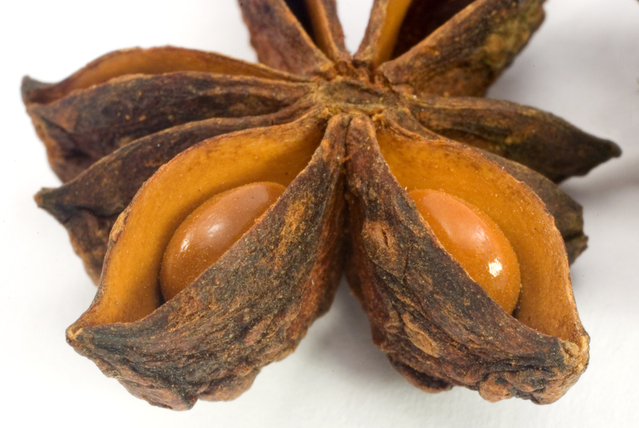Hey there! I’ve talked about infusing oils and using infusions of herbs. But what does “infusing” really mean when it comes to herbs, and what are the different types of things you can infuse?
Infusing confusing
When people say infusion, they are generally talking about teas, so pouring boiling hot water over herbs. However, let’s go over to the dictionary to get the literal meaning.
The third description is the one we are going to look at: “to steep in liquid (such as water) without boiling so as to extract the soluble constituents or principles”
So, you can infuse pretty much any type of liquid you can think of. You choose the liquid based on the qualities of the herbs you want to extract.
Common liquids to infuse

Water – With water, you can get vitamins, minerals, starches, gums, sugars, tannins, and acids. Some of the types of water extractions are: tea, decoction, hydrosol, tisane,

Oils – This is usually to get the healing properties of herbs to use topically by extracting the oil soluble parts including essential oils, resins, balsams, waxes, and vitamins.
Alcohol – You’ll use alcohol to get properties that you can’t get with water alone, specifically the parts that are not water soluble. These include resins, acids, alkaloids, blasams, and glucosides.
Vinegar – Vinegar is more for dietary uses than medicinal, as it can get more out of the herbs as far as minerals and vitamins
Glycerol (AKA Glycerine) – Glycerol is a great alternative to alcohol, whether it’s for children, a recovering alcoholic, or you just really don’t like the taste of alcohol. You can get minerals, vitamins, gums, starches, acids, and oils out of glycerol.
Ways to infuse
Fill up a container with herbs and cover the rest with your liquid of choice. The time you leave the herbs in the liquid depends on the liquid. For herbal tea infusions, you’ll usually leave the herbs in the hot water for 10-15 minutes. Incidentally, a tisane is what most people think when someone says “tea”. You only let the herbs steep for a few minutes. With decoctions, you’ll simmer (not boil) the herbs for 5-30 minutes depending on the herb and what you’re using it for. Decoctions are usually for the tougher part of a plant such as the roots or bark. On the other hand, for alcohol, glycerine, oil and vinegar you’ll let the infusion set for a long while, a couple of months. Sometimes the infusions are done in sunlight. If you’re doing a triple extraction in alcohol, it’s completely different and will be covered at a later date.

Hot method, or double boiler method as explained in this post. Some people have also suggested using a crockpot on low, but you run the risk of ruining the infusion by burning the oil.
Hydrosols are something completely else and involve both heat and ice cubes. This is something I will detail in another post. Hydrosols are similar to essential oils, but involve water and are more subtle. At the same time they are potent, they are less prone to to causing irritations as they are less concentrated.
I hope you enjoyed this post. Please let me know if you have anything you want me to cover or if you have any questions. You can reach me at info@alaskaherbalsolutions.com
Related Articles
3 Natural Teas to Help You Beat That Cold
Six Fascinating Herbs to Try as a Coffee Substitute
Essential Oils vs. Infused Oils




